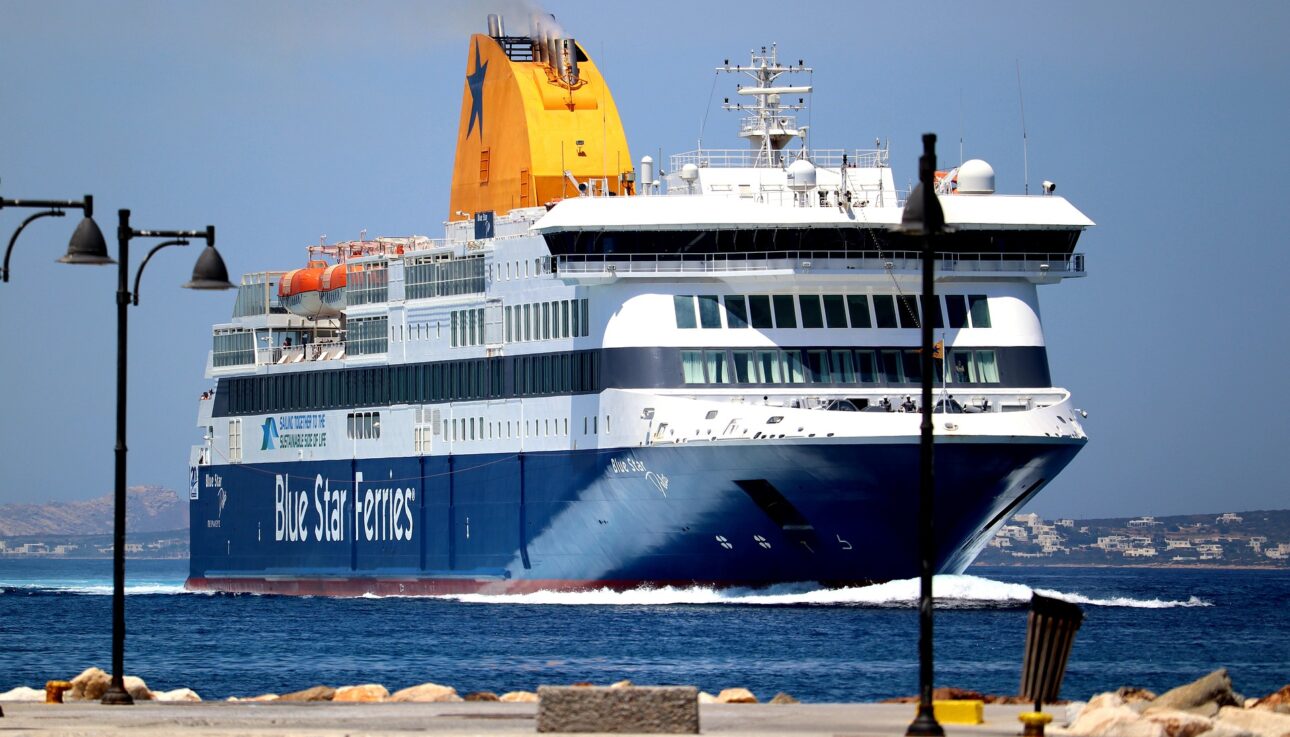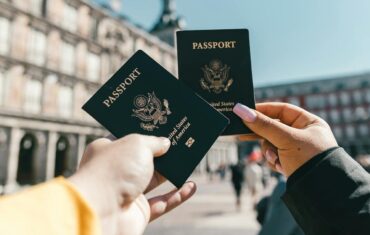Fast Ferry vs. Slow Ferry in Greece: What You Need to Know
Traveling by ferry is one of the most popular ways to explore the stunning Greek islands, offering picturesque views and a sense of adventure as you hop from one island to another. When planning your ferry trip, you’ll typically have the choice between a fast ferry and a slow ferry. Understanding the differences between these options can help you decide which one is best for your journey.
Our Recommendation
The difference may seem miniscule, but you want to take the slower ferry. If it is bumpy, some people can’t keep their lunch down on the fast ferry, making the trip a lot less relaxing. Imagine over 30 people throwing up in a small area. The crew was handing out bags everywhere and running out due to too many people. Take the longer trip and know that it will be a much more relaxing experience. Granted, you may have a great experience on the faster ferry, but it is a higher chance to have a bad one!
Fast Ferry without Cars
1. Speed and Travel Time
- Quick Journeys: Fast ferries, often catamarans or hydrofoils, are designed to cover long distances in shorter amounts of time. They are ideal if you want to maximize your time on the islands rather than spending it in transit.
- Typical Routes: For example, a fast ferry from Athens (Piraeus) to Mykonos might take around 2 to 3 hours, while the same route on a slow ferry could take 4 to 6 hours.
2. Ride Experience
- More Bumpy: Due to their higher speeds, fast ferries can offer a rougher ride, especially when the sea is choppy. Passengers who are prone to seasickness may find this less comfortable.
- Modern Facilities: Fast ferries are usually newer and have modern amenities, such as air-conditioned cabins, comfortable seating, and onboard cafes or snack bars.
3. Cost
- Higher Price: Fast ferries are typically more expensive than their slower counterparts. You’re paying a premium for the convenience of a quicker journey.
Slow Ferry with Cars
1. Speed and Travel Time
- Leisurely Pace: Slow ferries, which are often larger, more traditional vessels, take longer to reach their destination. This slower pace is perfect for those who want to enjoy a more relaxed travel experience.
- Typical Routes: The same route from Athens to Mykonos that takes 2 to 3 hours on a fast ferry might take 4 to 6 hours on a slow ferry.
2. Ride Experience
- Smoother Ride: One of the main advantages of slow ferries is that they offer a smoother and more comfortable ride, especially on rough seas. The larger size and slower speed help reduce the impact of waves, making the journey more pleasant for passengers prone to seasickness.
- Comfortable and Spacious: Slow ferries usually offer more space for passengers to move around, with larger decks where you can walk, stretch, and enjoy the views. They also often have more seating options, including outdoor areas, making them ideal for those who want to soak in the scenery.
3. Cost
- Lower Price: Slow ferries are generally less expensive than fast ferries. This makes them a budget-friendly option, especially if you don’t mind spending more time on the water.
Additional Considerations
1. Time of Year
- Seasonal Variations: During peak tourist season (summer), fast ferries might be more frequent, while in the off-season, there could be fewer fast ferry options. Slow ferries often run year-round, making them a reliable choice regardless of when you’re traveling.
2. Island Hopping
- Multiple Stops: Slow ferries often make multiple stops at various islands along the route, giving you a chance to see more of the Greek archipelago, even if only from the deck. Fast ferries might have fewer stops or go directly to popular destinations.
3. Luggage and Vehicles
- Larger Capacity: Slow ferries typically have more space for luggage and vehicles, making them a better option if you’re traveling with a car or heavy luggage. Fast ferries usually have stricter limits on luggage and fewer vehicle spaces.
Conclusion
Choosing between a fast ferry and a slow ferry in Greece depends on your travel priorities. If you’re short on time and want to reach your destination quickly, a fast ferry is the way to go. However, if you prefer a more relaxed and scenic journey, and don’t mind spending extra time on the water, a slow ferry offers a smoother, more comfortable ride at a lower cost. Whether you’re zipping across the waves or leisurely cruising, both options provide a unique way to experience the beauty of the Greek islands.









